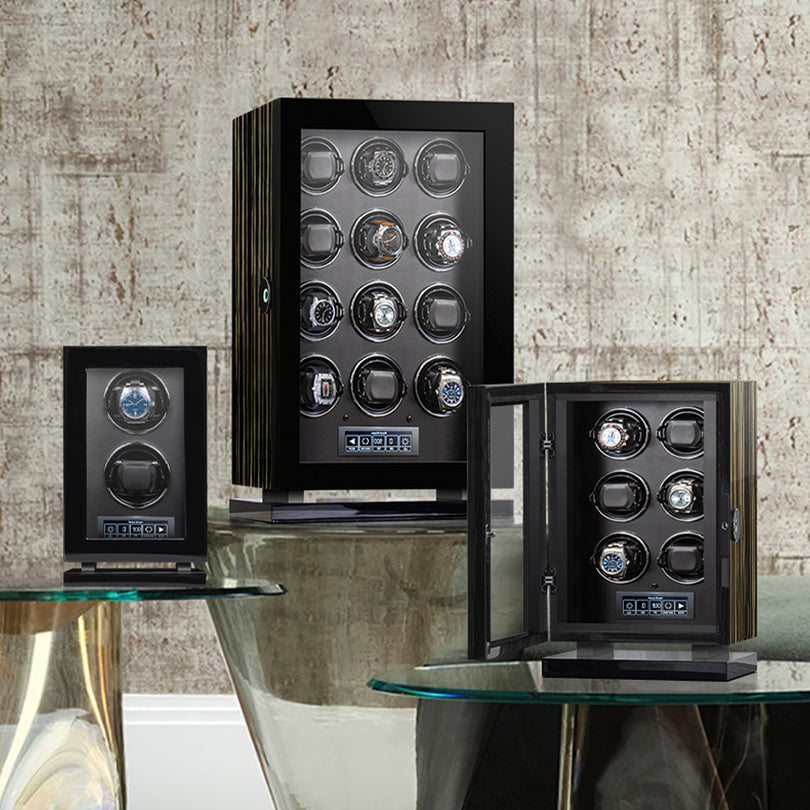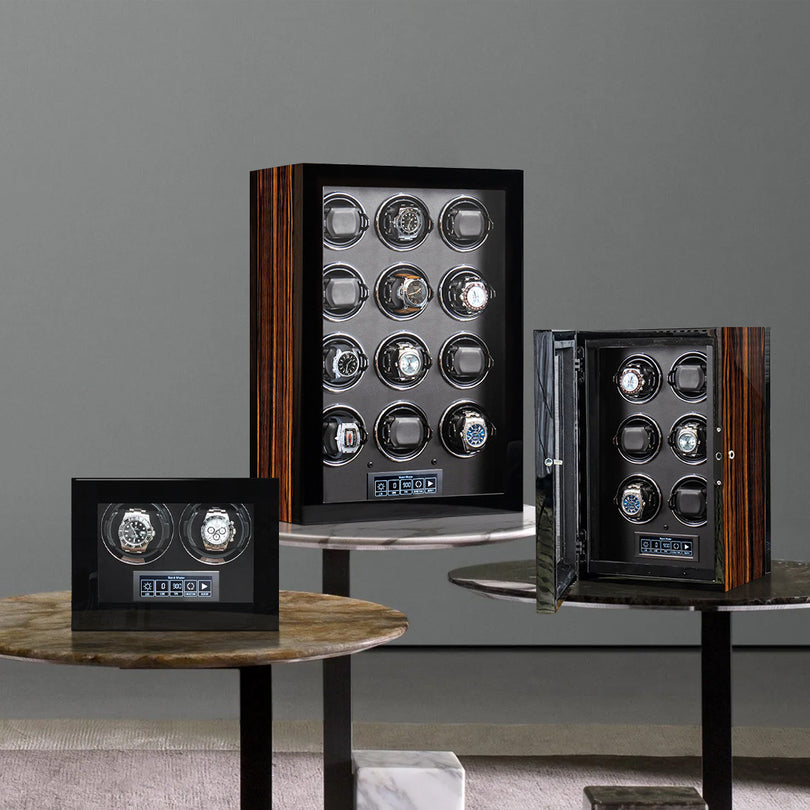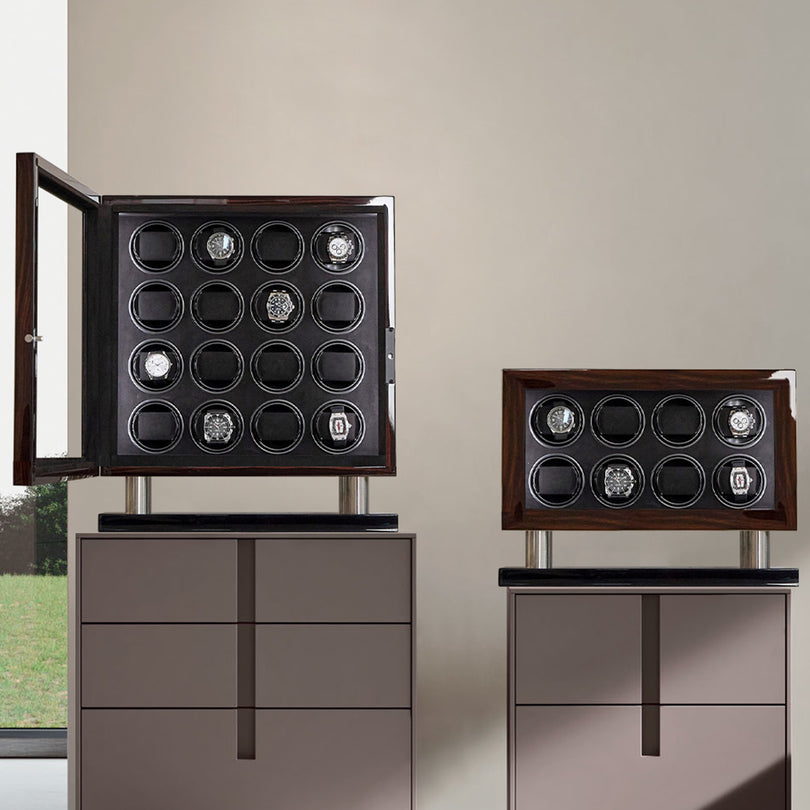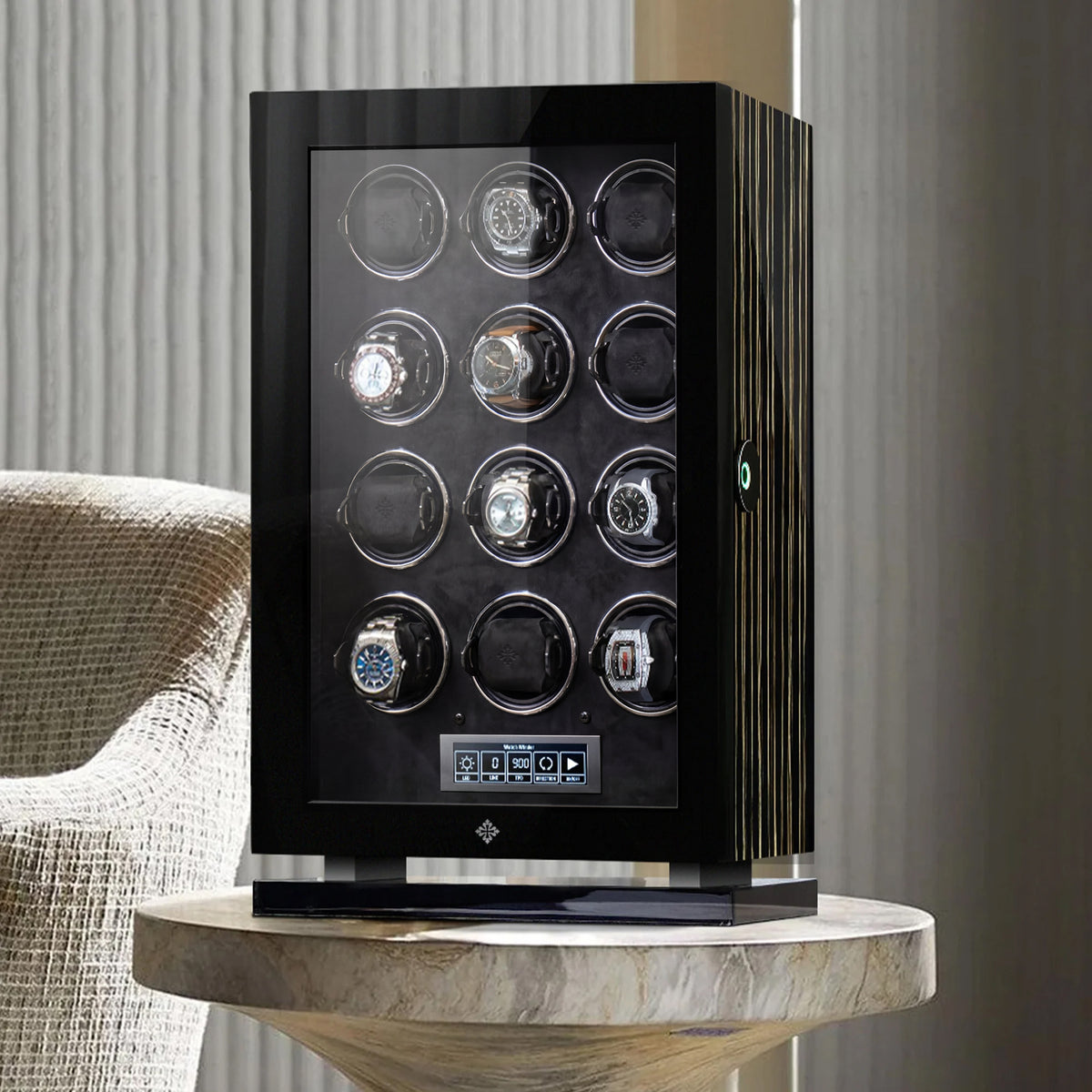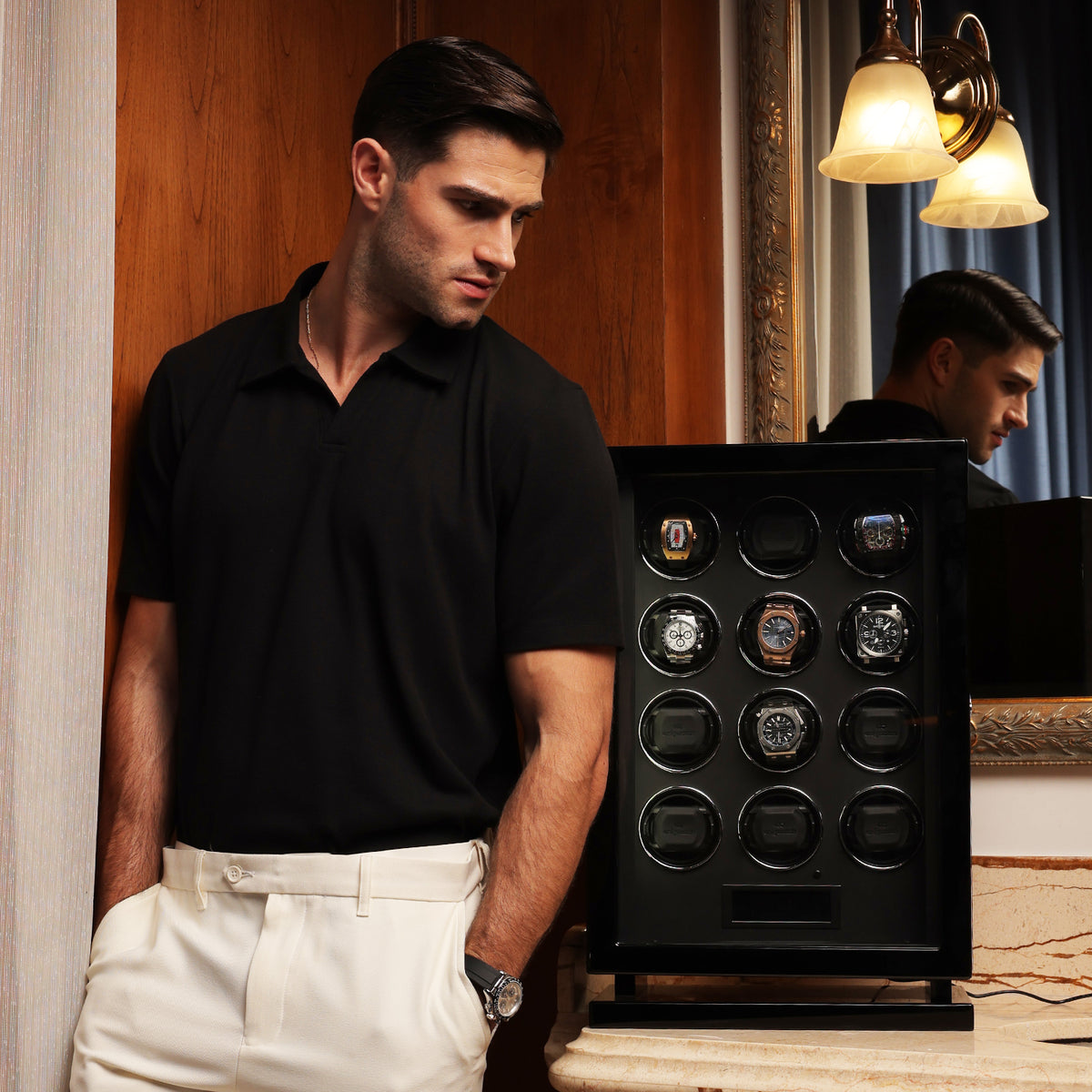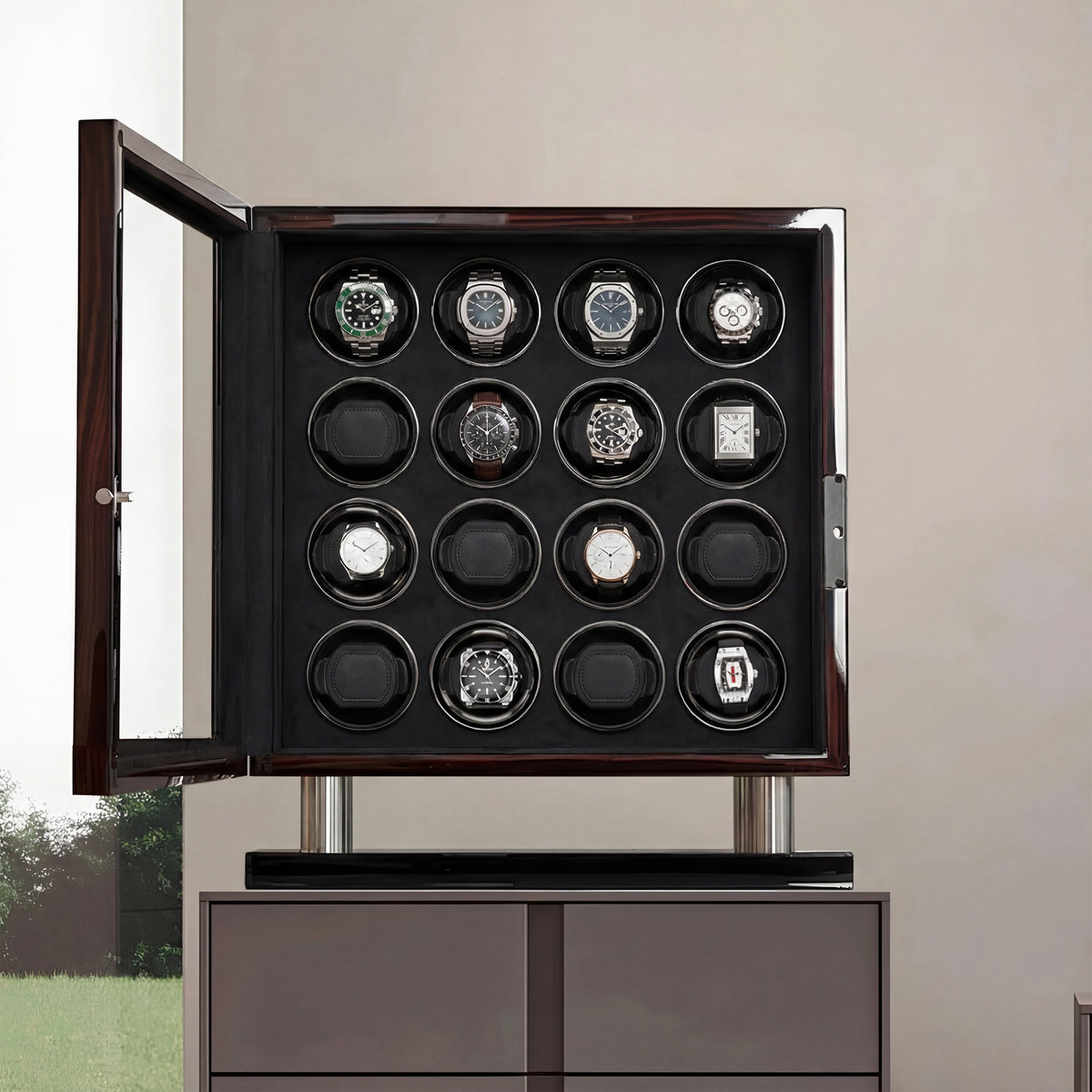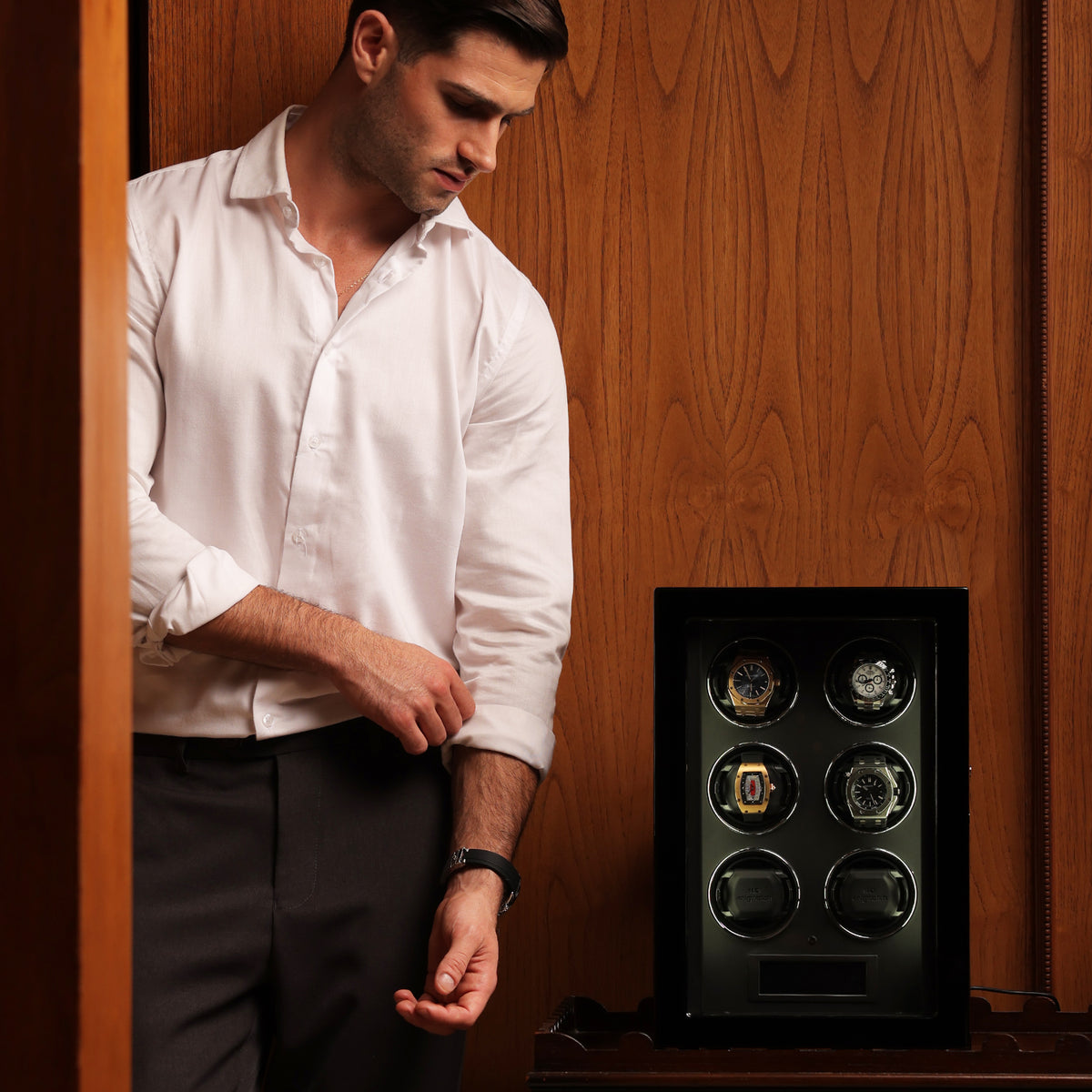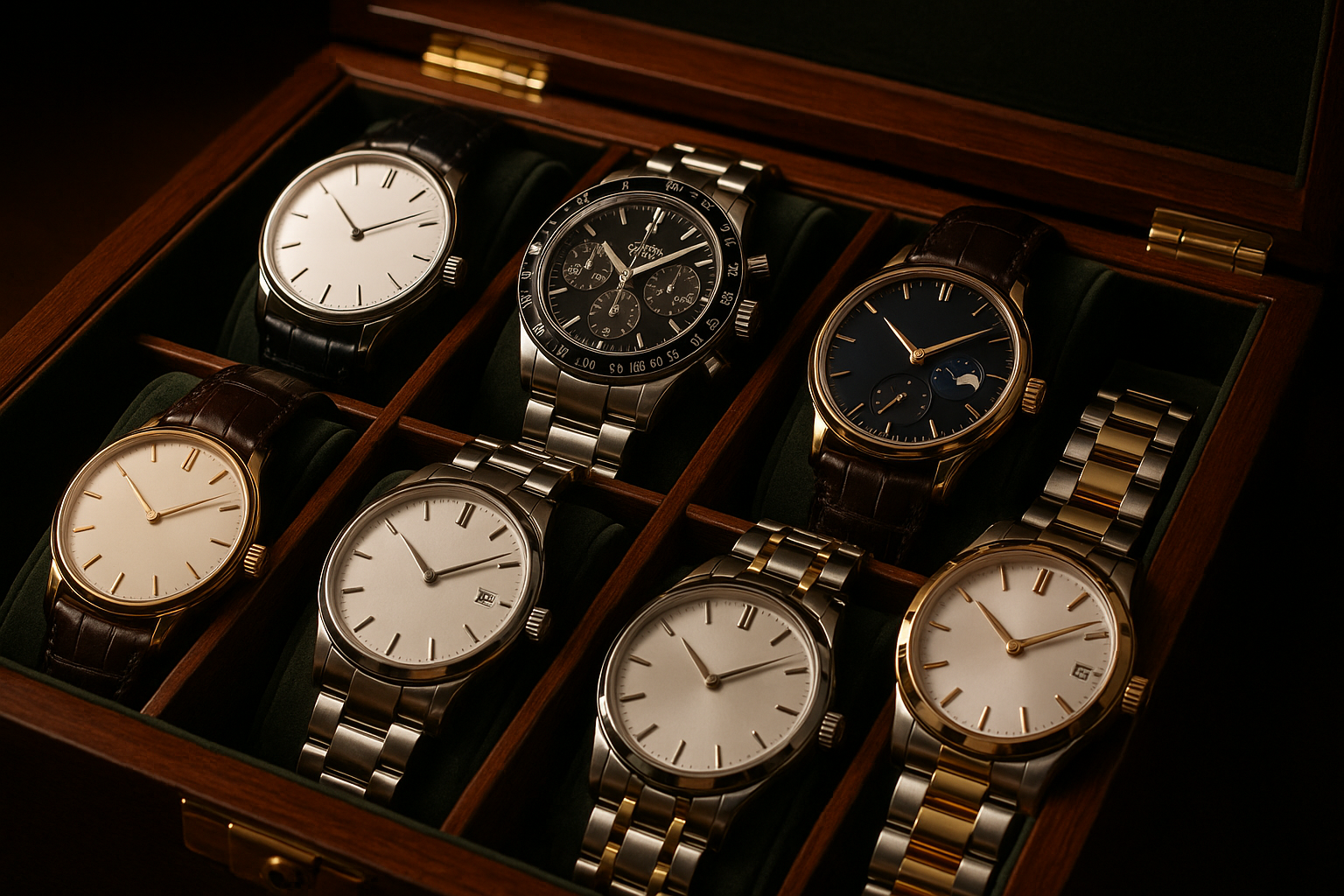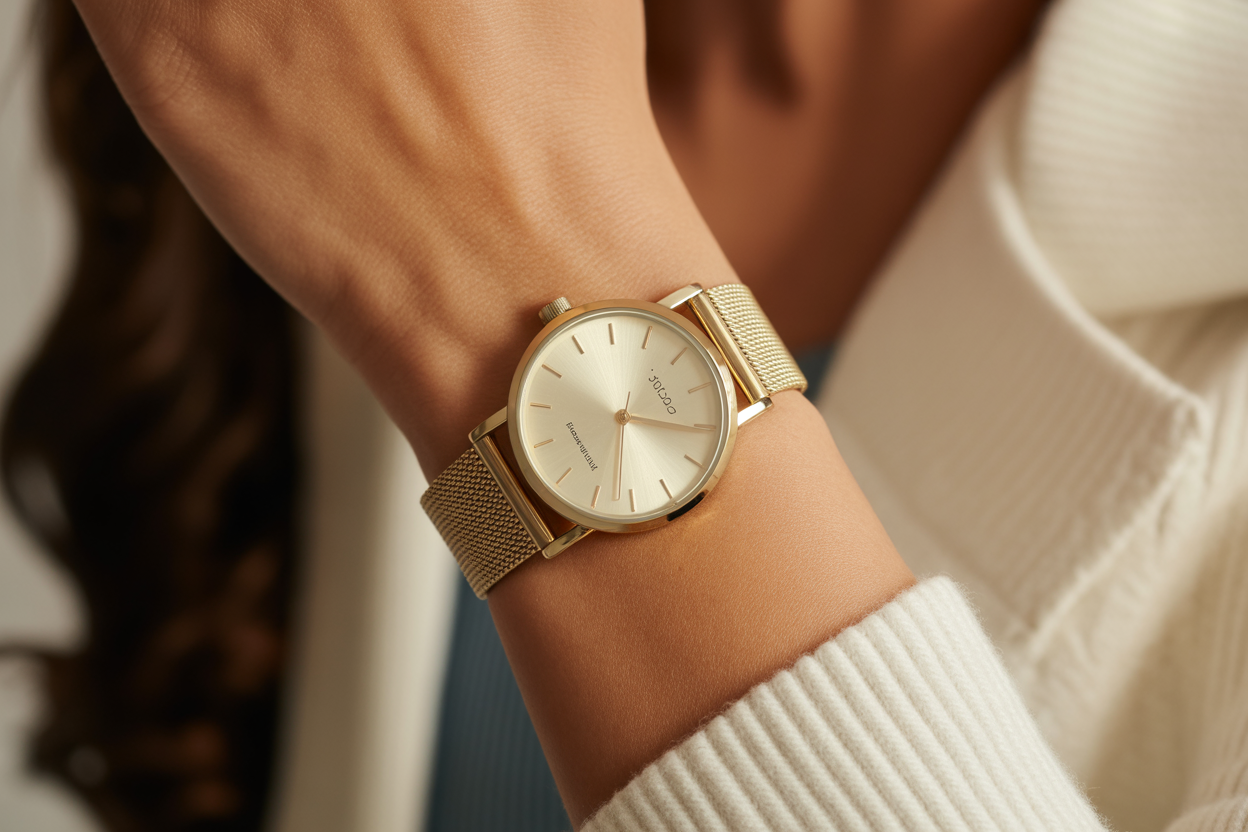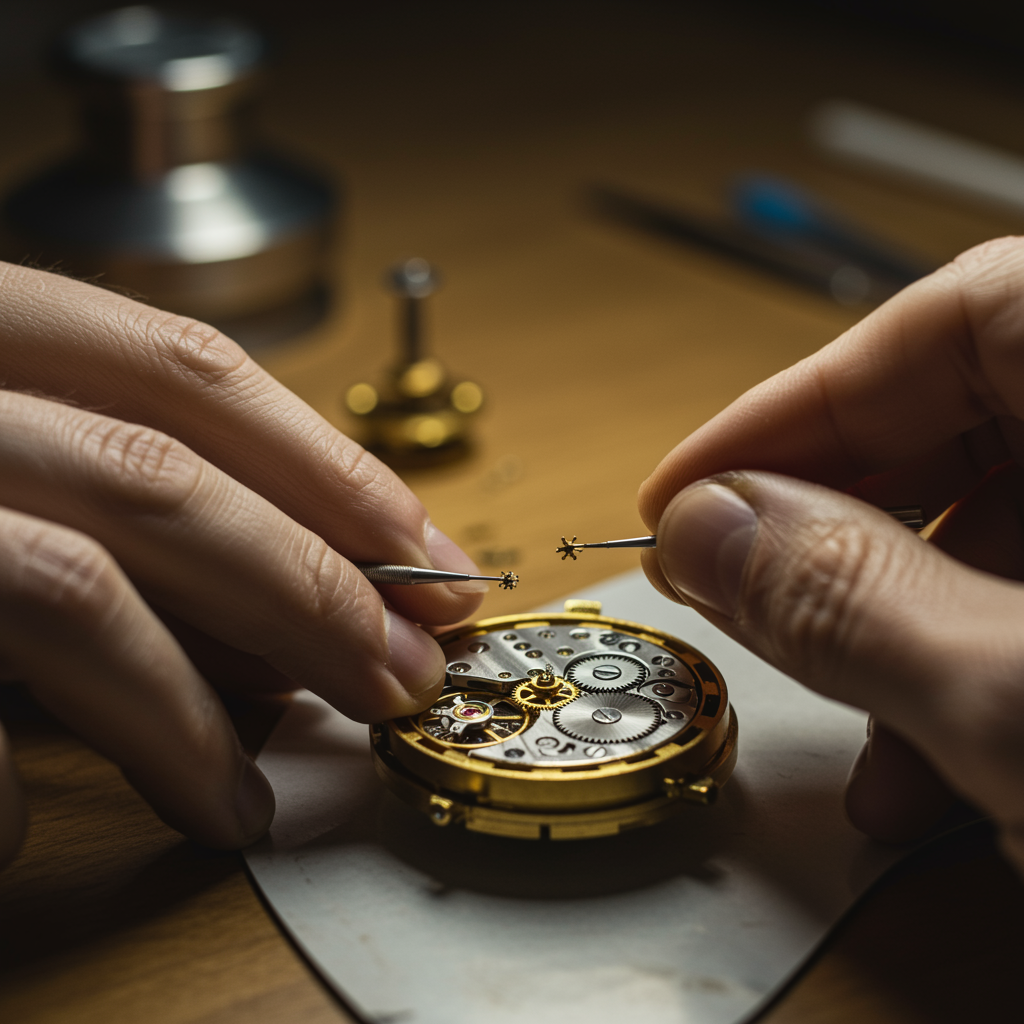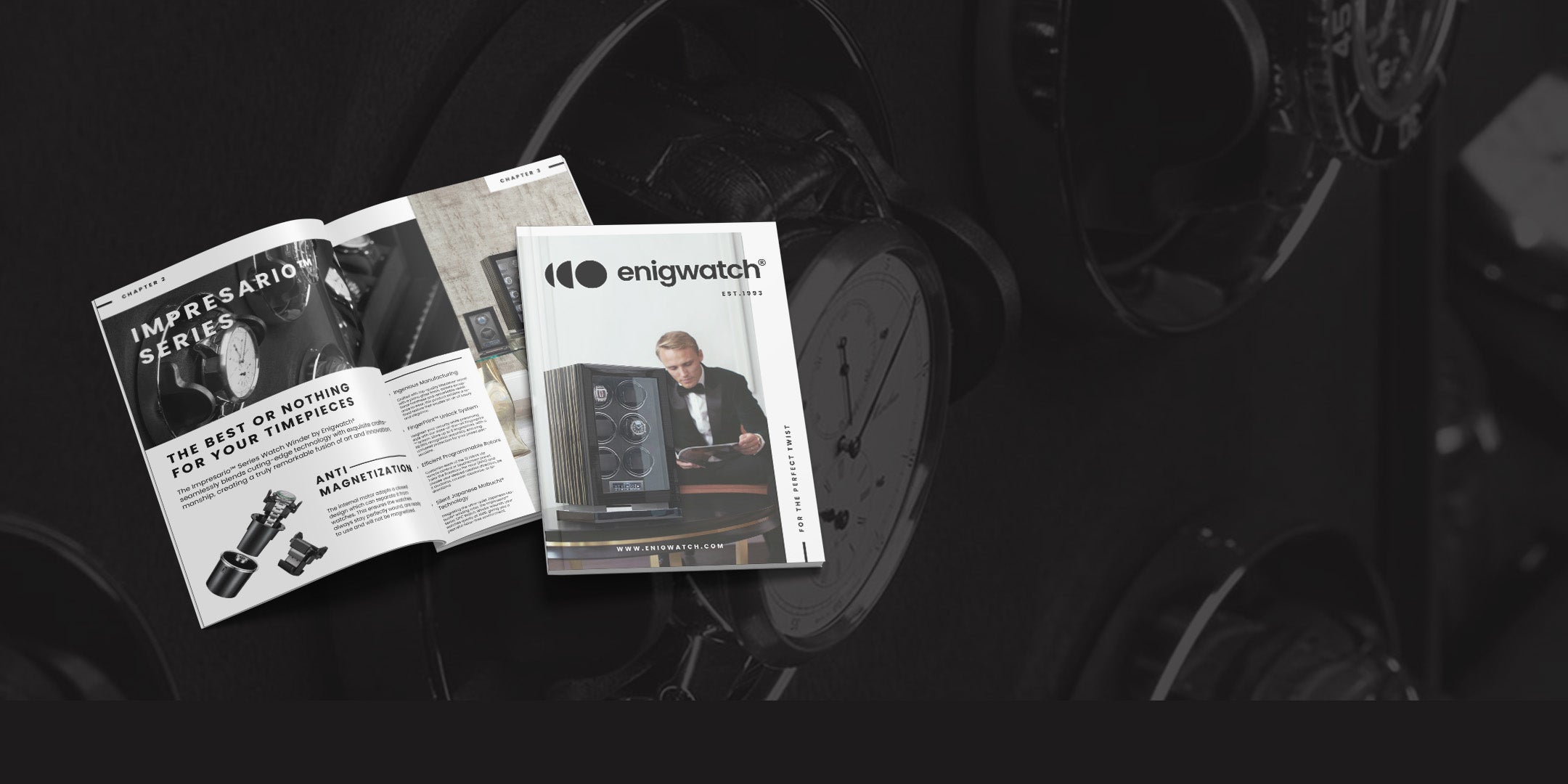Ahoy there, fellow watch enthusiasts! Are you ready for a showdown between two titans in the luxury watch world? That's right, we're talking about the Swiss giants, Hublot and Omega.
Strap yourselves in (pun intended) as we dive into the history, design, material, movement, accuracy, performance, price, and value of these horological heavyweights.
Hublot vs Omega: History

Let's start with Hublot. This brand was founded in 1980 by Carlo Crocco, who had a vision of creating a luxury sports watch that combined fine watchmaking with a bold and innovative design. And boy, did he deliver! Hublot's signature "fusion" style uses unexpected materials like rubber, carbon fiber, and titanium to create watches that are as rugged as they are stylish.
On the other side of the ring, we have Omega. This brand has been around since 1848 and has a long and illustrious history. They're known for creating some of the most iconic watches in the world, including the Speedmaster that was worn by astronauts during the Apollo 11 mission to the moon. Omega's design aesthetic is classic and timeless, with a focus on precision and reliability.
You might also like: The Battle Royale: Hublot vs Breitling in the World of Watches (2023 Review)
Hublot vs Omega: Design
When it comes to design, both Hublot and Omega have a lot to offer. Hublot is well-known for its signature "fusion" style that combines fine watchmaking with bold and innovative designs. Their Big Bang collection, for instance, is a popular choice among watch enthusiasts who appreciate the industrial look that comes from the use of unconventional materials like rubber, carbon fiber, and titanium.
In contrast, Omega is more renowned for its timeless elegance and classic styling. Their Seamaster and Speedmaster collections, for instance, have been around for decades and have remained some of the most iconic and recognizable watches in the world.
These collections feature clean lines and sophisticated designs that exude understated luxury, making them perfect for those who prefer a more traditional look.
What's more, both Hublot and Omega offer a wide range of styles to suit every taste. Hublot, for example, has collections like the Classic Fusion, Spirit of Big Bang, and MP that cater to different styles and preferences.
On the other hand, Omega has collections like the De Ville, Constellation, and Aqua Terra that offer a variety of designs, from dress watches to sports watches.
You might also like: Rolex vs Hublot: A Battle of Horological Giants (2023 Review)
Hublot vs Omega: Materials

When it comes to materials, both Hublot and Omega offer a wide range of options to choose from. However, they differ in their approach to material selection.
Hublot is known for its use of unconventional materials such as ceramic, sapphire, and carbon fiber, which add to the brand's unique and innovative style.
Ceramic is a popular material used by Hublot due to its durability and scratch resistance, making it an ideal choice for sports watches. Sapphire, on the other hand, is incredibly hard and transparent, making it an attractive choice for watch crystals that offer an unobstructed view of the dial.
In contrast, Omega tends to stick to more traditional materials like stainless steel, gold, and leather. These materials are timeless and versatile, and have been used by watchmakers for centuries. Omega's approach to materials reflects the brand's emphasis on classic design and reliability.
That said, both brands offer watches made with high-quality materials that are built to last. And while the choice of materials is a matter of personal preference, it's hard to deny the cool factor of a watch made entirely of sapphire crystal, as seen in some of Hublot's iconic models.
Ultimately, it all comes down to the wearer's preferences and needs, whether that be for a sporty and durable watch or a classic and timeless timepiece.
You might also like: 3 Best Watch Winder for Hublot Watches to Store Yours Properly
Hublot vs Omega: Movement
Hublot's in-house movements are known for their technical innovation and impressive features such as tourbillons and chronographs. Tourbillons, for instance, are complex mechanisms that help to counteract the effects of gravity on the watch's accuracy, while chronographs allow for precise timing of events.
Hublot's technical expertise in developing these features showcases the brand's commitment to pushing the boundaries of watchmaking.
Meanwhile, Omega has gained fame for its innovative Co-Axial escapement, which reduces friction in the movement and increases accuracy. This unique mechanism was first introduced by Omega in 1999, and it has since become a hallmark of the brand's watches.
The Co-Axial escapement offers significant advantages over traditional watch escapements, including increased durability and longer service intervals.
Both brands use high-quality materials and precision engineering to create movements that are not only accurate but also aesthetically pleasing. In addition, both offer a wide range of movements to cater to different needs and preferences, from automatic and manual winding to quartz and hybrid options.
Hublot vs Omega: Accuracy

They are both certified by the Swiss Official Chronometer Testing Institute (COSC), which is a rigorous testing and certification process that measures the accuracy of the watch movements under various conditions.
COSC certification is a significant achievement that requires a high level of craftsmanship and attention to detail. Both brands are renowned for their commitment to quality, and this certification is a testament to their dedication to creating the best watches possible.
In addition to COSC certification, both Hublot and Omega use high-quality materials and precision engineering to achieve incredible accuracy in their watches.
They offer movements that are not only accurate but also reliable and durable, which is essential for watch enthusiasts who rely on their timepieces for everyday use.
You might also like: Panerai vs Omega Watches, Which One Reigns Supreme? (2023 Review)
Hublot vs Omega: Performance
Both Hublot and Omega are committed to creating watches that can withstand the challenges of daily wear and tear. Hublot's use of unconventional materials like rubber and carbon fiber makes their watches particularly durable, and perfect for those who live active lifestyles.
Rubber, for instance, is a resilient material that can withstand exposure to the elements and rough handling. It's commonly used in Hublot's straps, which are not only comfortable but also resistant to wear and tear.
Carbon fiber is another material that Hublot uses extensively, thanks to its strength and light weight, which makes it ideal for sports watches that need to be both tough and comfortable.
On the other hand, Omega's focus on precision and reliability means that their watches are built to last. They use high-quality materials such as stainless steel and gold, which are not only durable but also resistant to corrosion and wear.
Their watches are also designed with longevity in mind, with features such as the Co-Axial escapement that reduces friction and prolongs the life of the movement.
Both brands also offer water-resistant watches that can withstand exposure to moisture, making them ideal for water sports and other outdoor activities. Additionally, they use scratch-resistant materials like sapphire crystal to protect the watch face and ensure that the watch remains in pristine condition for years to come.
You might also like: Explore the Universe with the Omega Speedmaster, the Most Famous Omega Watch (2023 Review)
Hublot vs Omega: Price

Let's dive into the topic of price, which is an important consideration for most watch enthusiasts. Hublot is well-known for creating watches that are considered luxury items, with some models retailing for more than $100,000.
The use of high-end materials and technical features, as well as the brand's exclusive reputation, contribute to the premium pricing.
On the other hand, Omega's watches are generally considered to be more affordable, with most models falling in the $3,000 to $10,000 range. Of course, this is still a significant investment, but it is a more accessible price point for many collectors.
It's worth noting that the pricing of luxury watches is relative to the individual's personal circumstances. For some, a six-figure watch may be considered a status symbol or a once-in-a-lifetime investment. For others, it may be an extravagance that is simply beyond their means.
When considering the price of a watch, it's important to consider the overall value it provides. Both Hublot and Omega offer watches that are crafted with the utmost attention to detail and quality, and their pricing reflects the level of craftsmanship that goes into each timepiece.
Furthermore, owning a luxury watch from either brand can bring a sense of prestige and exclusivity that is hard to replicate with other accessories.
Hublot vs Omega: Value
So, which brand offers better value for money? Well, that really depends on what you're looking for in a watch. If you value innovation, bold design, and cutting-edge materials, then Hublot might be the brand for you. If you're more interested in classic styling, precision, and reliability, then Omega is a safe bet.
Conclusion
In conclusion, both Hublot and Omega are incredible brands that offer watches of the highest quality. It really comes down to personal preference when choosing between them. Whether you're a fan of Hublot's unconventional materials or Omega's timeless elegance, you can't go wrong

